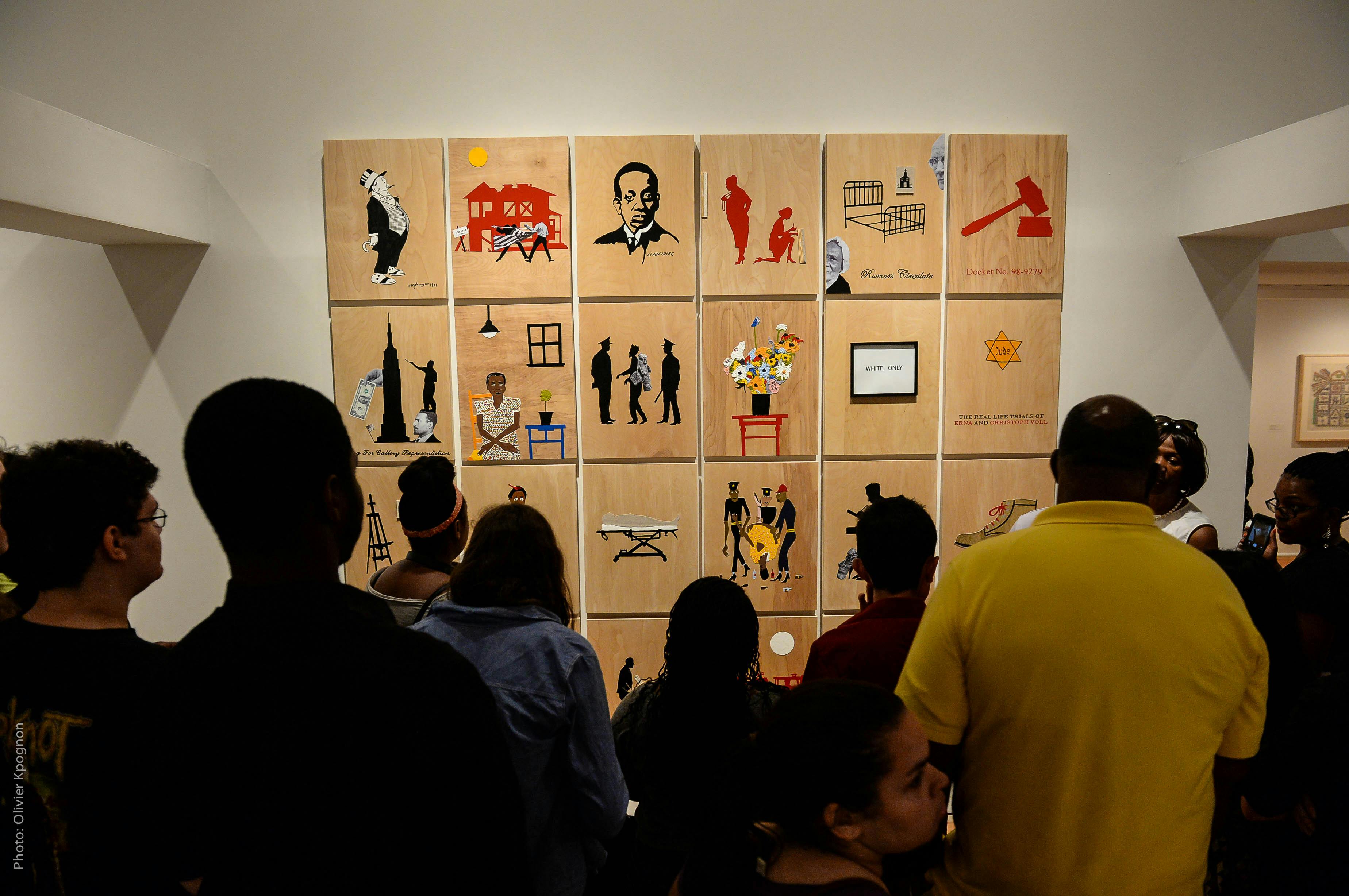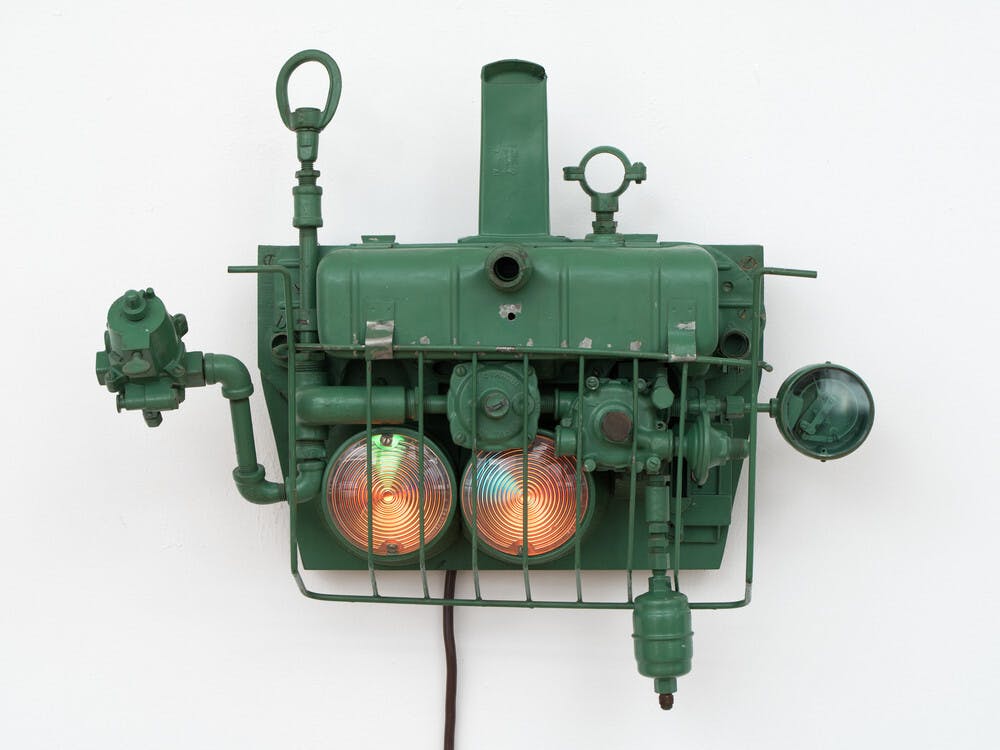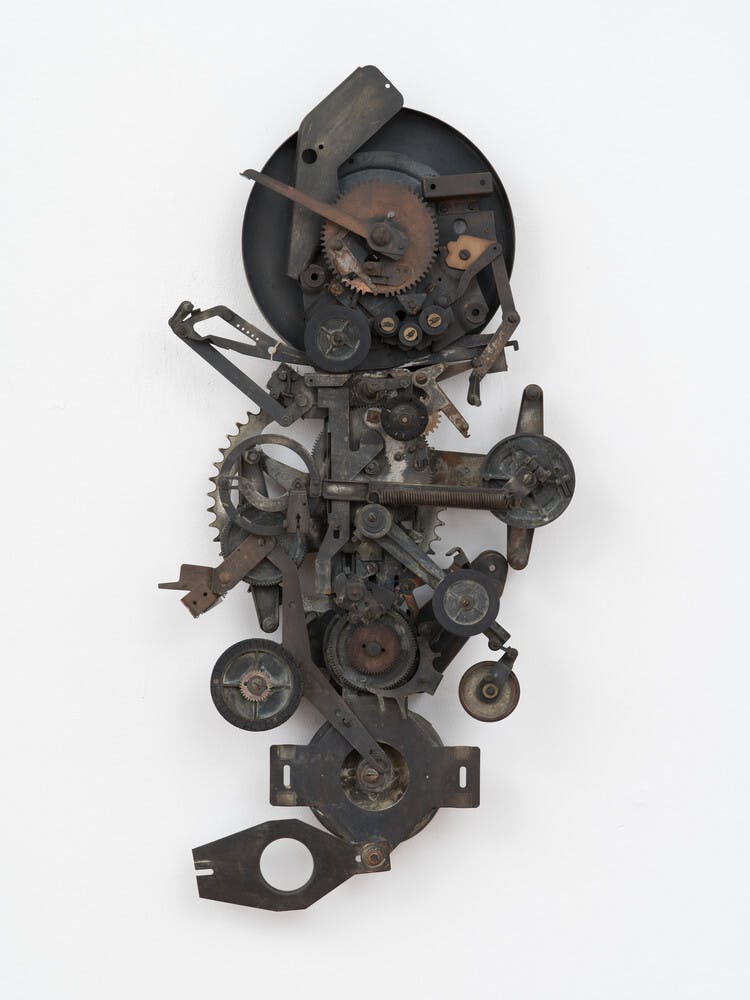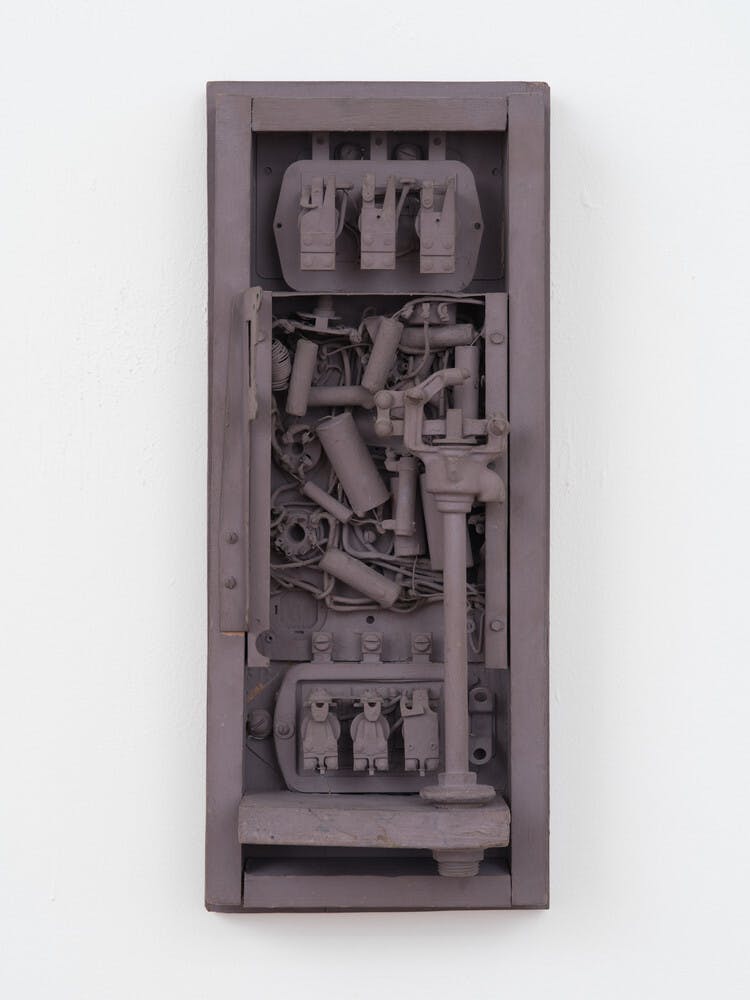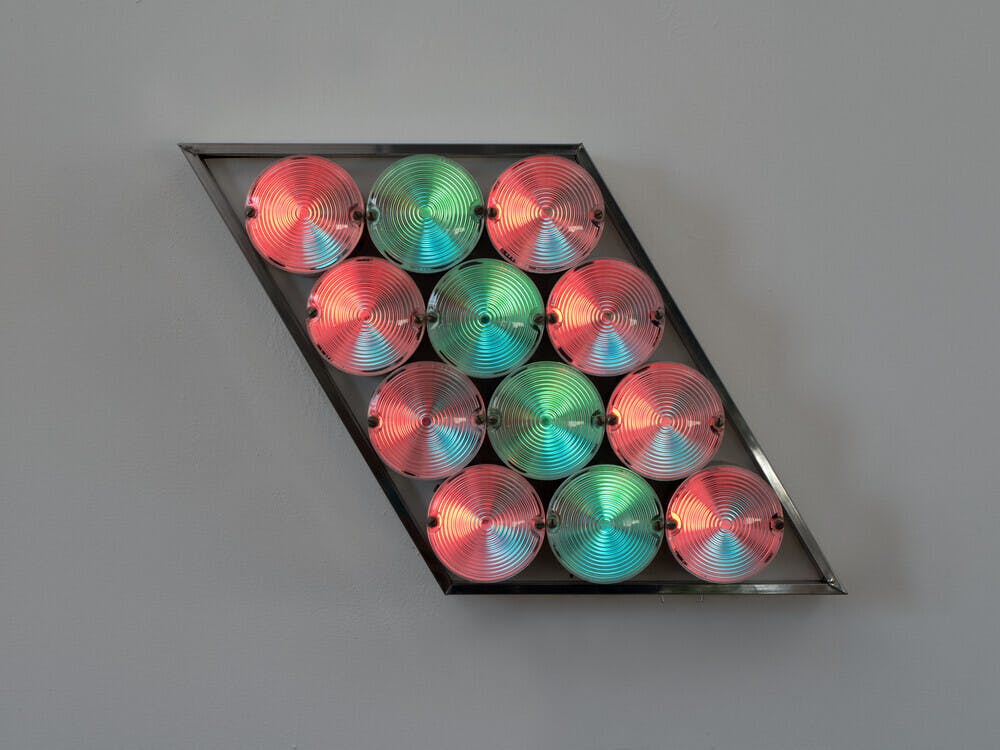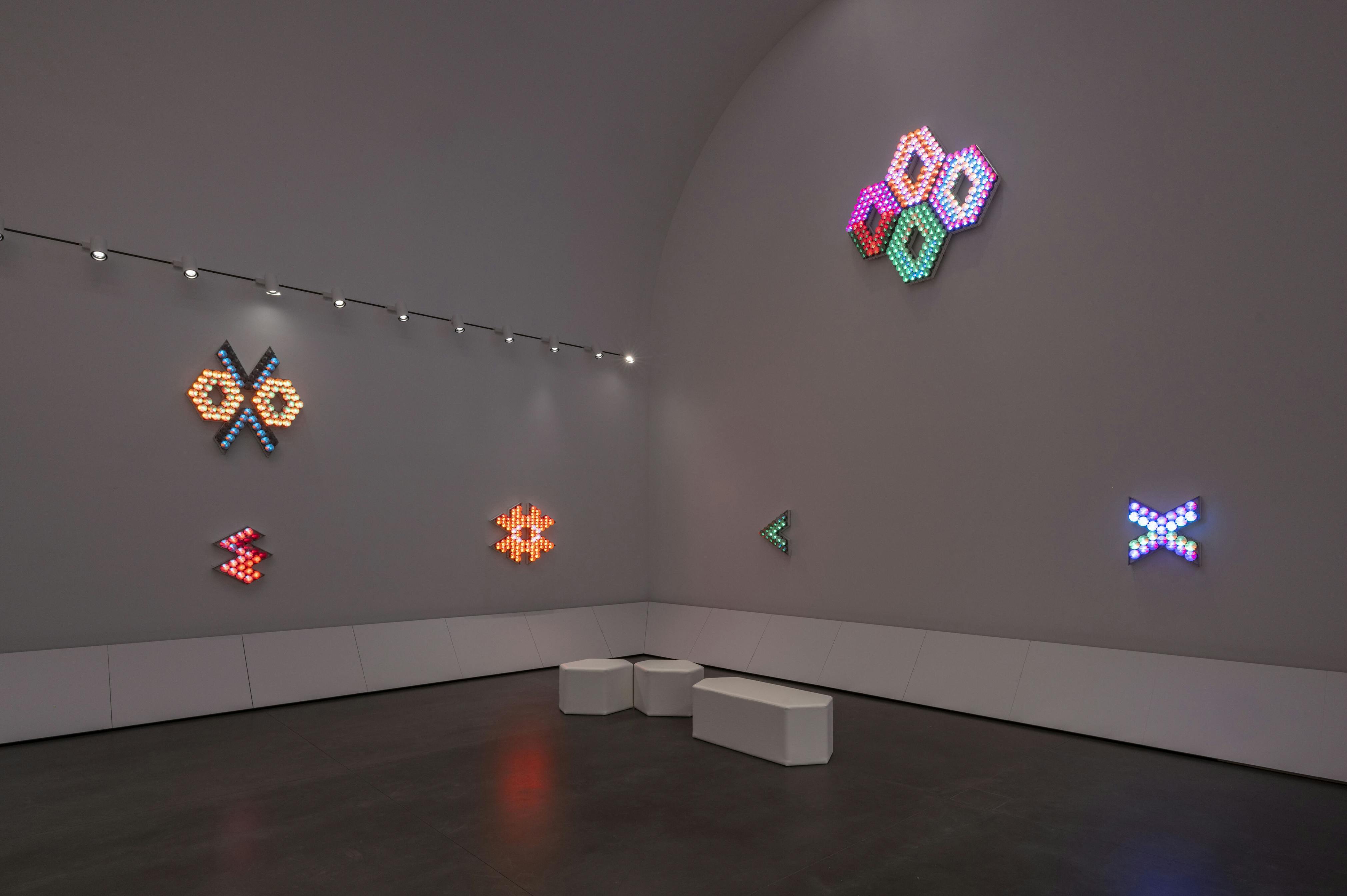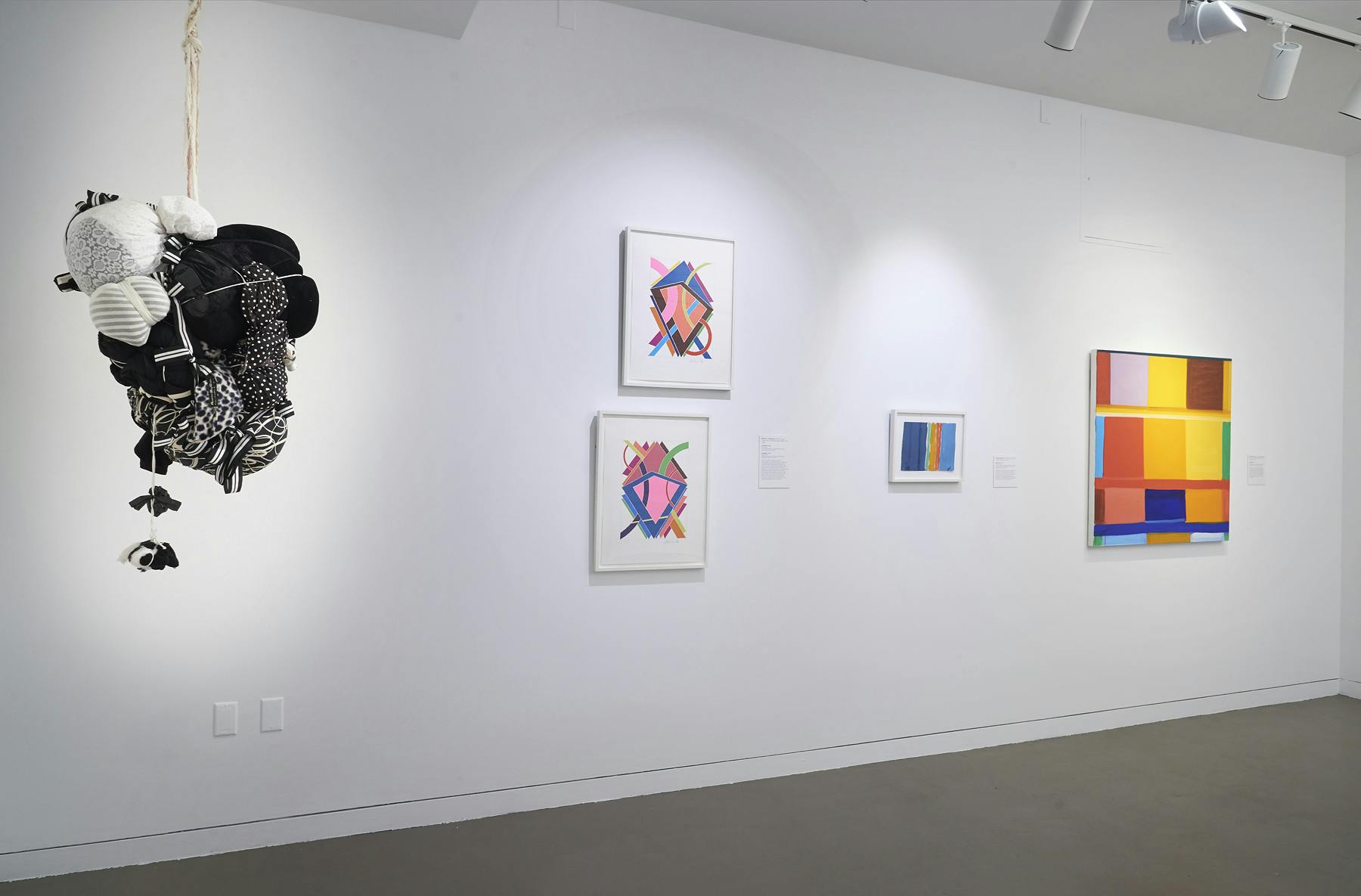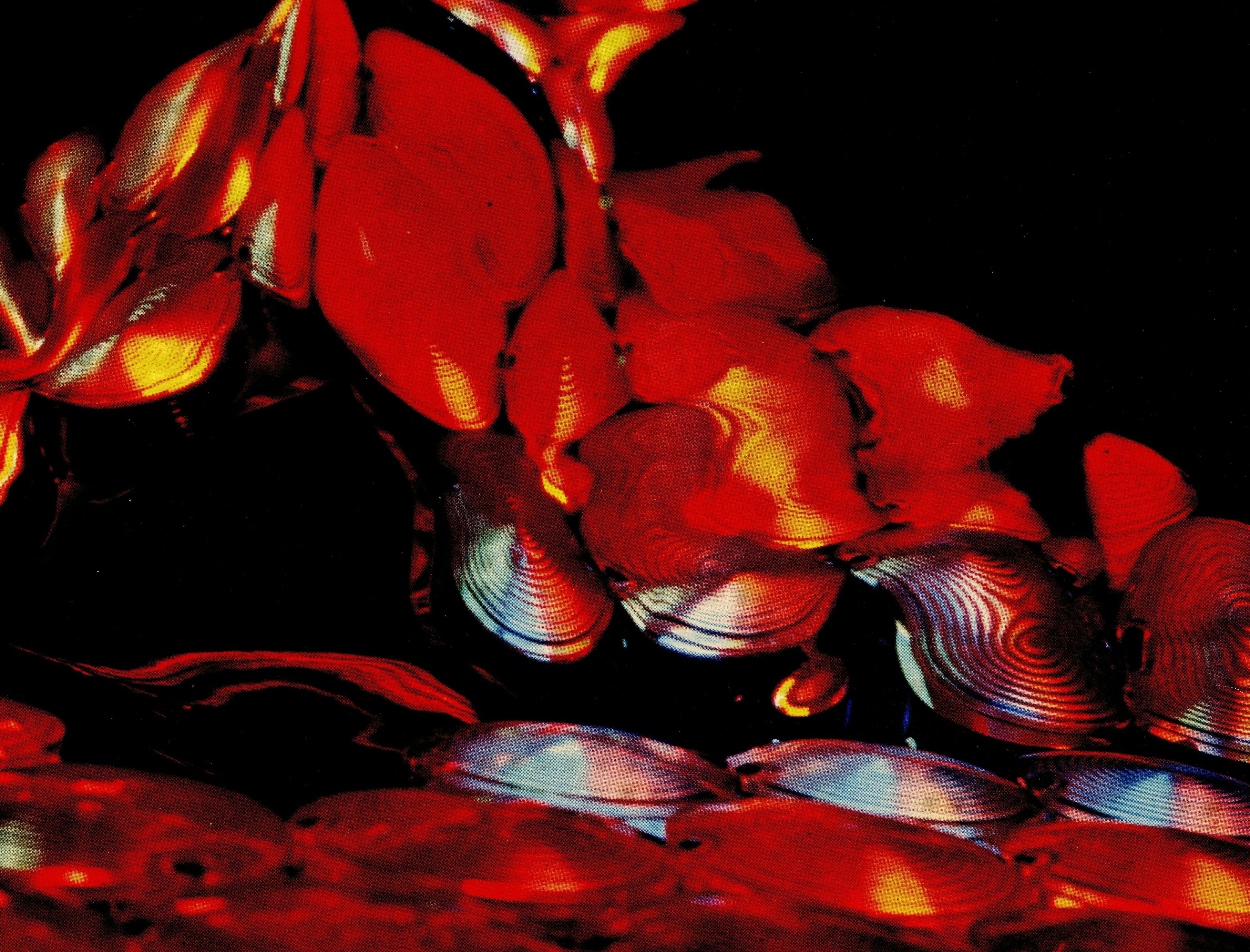Tom Lloyd
(1929–1996)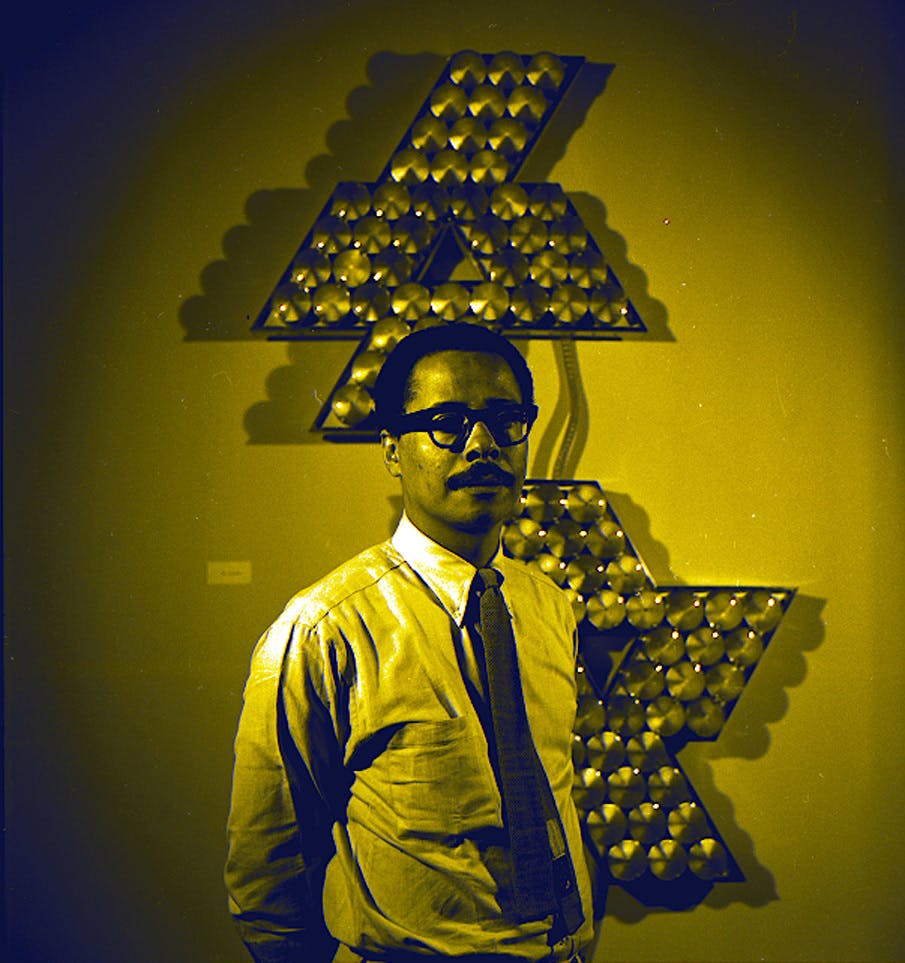
Artist, activist, and community organizer Tom Lloyd worked primarily in abstraction and technology to create unique, electronically programmed light works.
Biography
Tom Lloyd was selected as the inaugural artist for the Studio Museum in Harlem’s Studio Program—one of the Museum's founding initiatives—wherein the institution underwrote the cost of materials to create new works, engaged young apprentices to assist the artist, and showcased the resulting works in an exhibition. With assistance from a scientist-engineer at the Radio Corporation of America (RCA), Lloyd deployed electronic technology as an art medium.
Alongside his artistic career, Lloyd was a dedicated teacher and a fierce advocate for community involvement in the arts. Lloyd held teaching positions at Sarah Lawrence College in Bronxville, New York, and at Cooper Union in New York City; served as Art Consultant for the Mental Health Services at the Lincoln Hospital in Bronx, New York; and developed art workshops for youth and adults throughout New York City. He was heavily involved in the Art Workers’ Coalition, which formed in 1969 to pressure the city’s museums to implement political and economic changes. In 1971, Lloyd reclaimed an abandoned warehouse in South Jamaica, Queens, New York, and established the Store Front Museum/Paul Robeson Theatre—Queens’s first art museum. For sixteen years, the Store Front Museum presented performances and exhibitions centered around Black art and culture and offered dance, karate, and exercise classes; annual festivals; and numerous other community programs. Lloyd’s activism in Queens continued up until his death.
Lloyd attended the Pratt Institute (1949–1952) and Brooklyn Museum Art School (1961). His electronically programmed light works are held in the collections of the Studio Museum in Harlem; Richard and Carole Cocks Art Museum at Miami University; Grey Art Museum at New York University; and several private collections.
Exhibitions and Events
Tom Lloyd
(1929–1996)
Artist, activist, and community organizer Tom Lloyd worked primarily in abstraction and technology to create unique, electronically programmed light works.
Untitled, c. 1965
Biography
Tom Lloyd was selected as the inaugural artist for the Studio Museum in Harlem’s Studio Program—one of the Museum's founding initiatives—wherein the institution underwrote the cost of materials to create new works, engaged young apprentices to assist the artist, and showcased the resulting works in an exhibition. With assistance from a scientist-engineer at the Radio Corporation of America (RCA), Lloyd deployed electronic technology as an art medium.
Alongside his artistic career, Lloyd was a dedicated teacher and a fierce advocate for community involvement in the arts. Lloyd held teaching positions at Sarah Lawrence College in Bronxville, New York, and at Cooper Union in New York City; served as Art Consultant for the Mental Health Services at the Lincoln Hospital in Bronx, New York; and developed art workshops for youth and adults throughout New York City. He was heavily involved in the Art Workers’ Coalition, which formed in 1969 to pressure the city’s museums to implement political and economic changes. In 1971, Lloyd reclaimed an abandoned warehouse in South Jamaica, Queens, New York, and established the Store Front Museum/Paul Robeson Theatre—Queens’s first art museum. For sixteen years, the Store Front Museum presented performances and exhibitions centered around Black art and culture and offered dance, karate, and exercise classes; annual festivals; and numerous other community programs. Lloyd’s activism in Queens continued up until his death.
Lloyd attended the Pratt Institute (1949–1952) and Brooklyn Museum Art School (1961). His electronically programmed light works are held in the collections of the Studio Museum in Harlem; Richard and Carole Cocks Art Museum at Miami University; Grey Art Museum at New York University; and several private collections.
Exhibitions and Events
